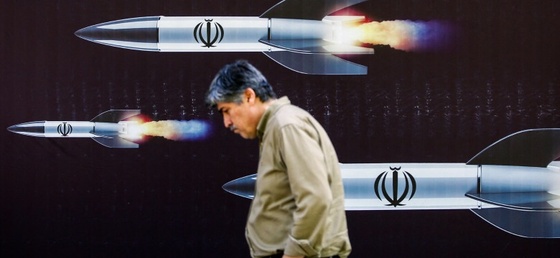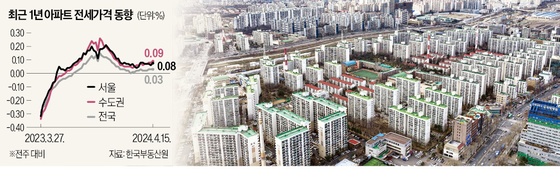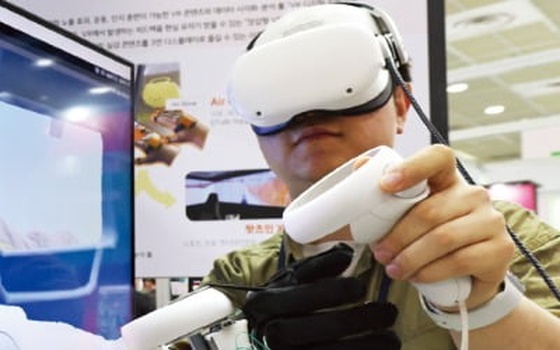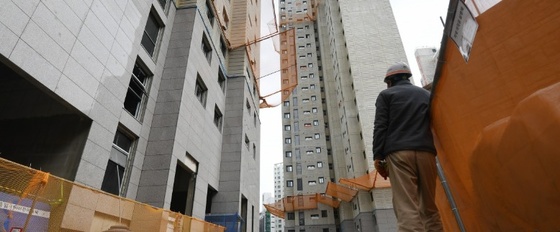[경제노트] (영어로 배우는 국제경제) 'Time to overhaul..'
Life turns on a dime, including the economic life of Japan"s giant
corporations.
A decade ago they bestrode the earth, gobbling up market share,
terrifying competitors.
Armed with a corporate culture that emphasized long-term planning,
consensus management, cross-holdings of family companies, life-time
employment and close cooperation with the government, their very
success cast doubt on the viability of U.S.-style, market-driven
capitalism.
Today, Japan"s keiretsu are in deep trouble.
Japan is ending a lost decade of economic growth with its core
business model a wreck and no alternative in sight.
( 중략 )
The keiretsu business model was simple and uniquely Japanese:
companies owned shares in each other and gave business to each other.
The Bank of Tokyo-Mitsubishi provided unlimited amounts of cheap
capital to each company within the group.
But the forces of fast technological change and deflation are
destroying the 130-year-old model.
Falling real estate prices and bad loans prevent Mitsubishi"s bank
from providing cheap credit.
Japan"s recession and Asia"s economic crisis have cut profits sharply.
( 중략 )
Speed, flexibility, and cost cutting are the quintessential
ingredients to corporate success today anywhere in the world.
Even Hewlett-Packard finds it necessary to split in two in order to
focus its businesses.
( 중략 )
The success of Sony and Honda, founded after the war, suggests that
Japan can change its business model.
Neither belongs to a giant geiretsu.
While they utilize "Western things," they retain their Japanese spirit.
It is time for Japan to embark on a second wakon yosai.
3월 15일자 BusinessWeek(editorial)에서.
-----------------------------------------------------------------------
< 요약 >
일본 기업들이 위기에 빠진 원인으로 일본 특유의 "게이레쓰(계열)" 구조를
들고 이의 근본적인 개선을 촉구하는 글이다.
도쿄 미쓰비시은행을 정점으로 하는 미쓰비시그룹을 예로 들어 게이레쓰
구조의 허상을 폭로하고 있다.
전자 화학 중공업 등 각 업종에 걸친 미쓰비시 계열사들은 도쿄
미쓰비시은행으로부터 싼값의 자금을 무제한으로 공급받아 왔다.
이들 회사는 이렇게 지원받은 돈을 등에 업고 오로지 세계시장 점유율을
늘리는 데만 혈안이 됐다.
이익은 부차적인 문제였다.
그러나 엄청나게 치솟았던 땅값 등 거품이 걷히면서 이런 식의 계열 관행은
도리어 스스로의 발등을 찍는 결과가 됐다.
지금은 스피드와 유연성, 비용 절감이 기업의 성패를 가름하는 가장 중요한
요소로 자리잡은 시대다.
미국의 간판 컴퓨터업체인 휴렛패커드는 이런 추세에 부응하기 위해 최근
기업분할을 결정했을 정도다.
일본도 소니 혼다 등 어떤 게이레쓰에도 속하지 않은 독립기업들의 성공
사례가 있다.
일본 기업들은 근대 기업제도를 도입한 1백30년전 내걸었던 "와콘요사이"의
정신으로 돌아가 일본 특유의 정신력은 살리되 서양의 최신 기류를 과감히
소화하는 변신에 나서야 할 것이다.
-----------------------------------------------------------------------
< 용어 설명 >
<> 게이레쓰
2차대전 이후 "자이바쓰(재벌)"를 대신해 형성된 일본 특유의 기업계열
시스템이다.
전후 맥아더 군정에 의해 특정 개인이 기업군을 장악하는 재벌구조가
해체된 뒤에도 구 재벌계열의 기업들끼리 상호지분을 보유하고 거래상의
특혜를 주고 받는 등 계열관계를 지속해 왔다.
한국의 대기업그룹이 총수의 비서실(기획조정실)을 축으로 했던 것과는
달리 일본의 게이레쓰는 돈줄을 쥔 은행을 중심으로 형성돼 있다.
미쓰비시 미쓰이 스미토모 등 구 자이바쓰 출신의 게이레쓰 이외에 전후
후지은행을 주축으로 닛산자동차 등이 참여해 형성된 후요그룹 등이 대표적
인 게이레쓰로 꼽힌다.
< 뉴욕=이학영 특파원 hyrhee@earthlink.net >
( 한 국 경 제 신 문 1999년 3월 12일자 ).
-
기사 스크랩
-
공유
-
프린트
![[한경에세이] 위기는 곧 기회다!](https://img.hankyung.com/photo/202404/07.36065943.3.jpg)
![[토요칼럼] '연대'라는 말로 포장된 낡은 환상](https://img.hankyung.com/photo/202404/07.35400741.3.jpg)



![하루 만에 550조원 증발…실적·물가 압력에 기술주 투매 [글로벌마켓 A/S]](https://timg.hankyung.com/t/560x0/photo/202404/B20240206081554930.jpg)


![[단독] "경영보다 돈"…아워홈 매각 손잡은 남매](https://timg.hankyung.com/t/560x0/photo/202404/AA.36472890.1.jpg)





![[신간] 로마 제국이 '최고 국가'로 우뚝 서기까지…'팍스'](https://timg.hankyung.com/t/560x0/photo/202404/ZK.36477517.3.jpg)